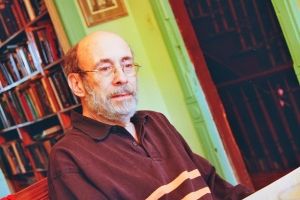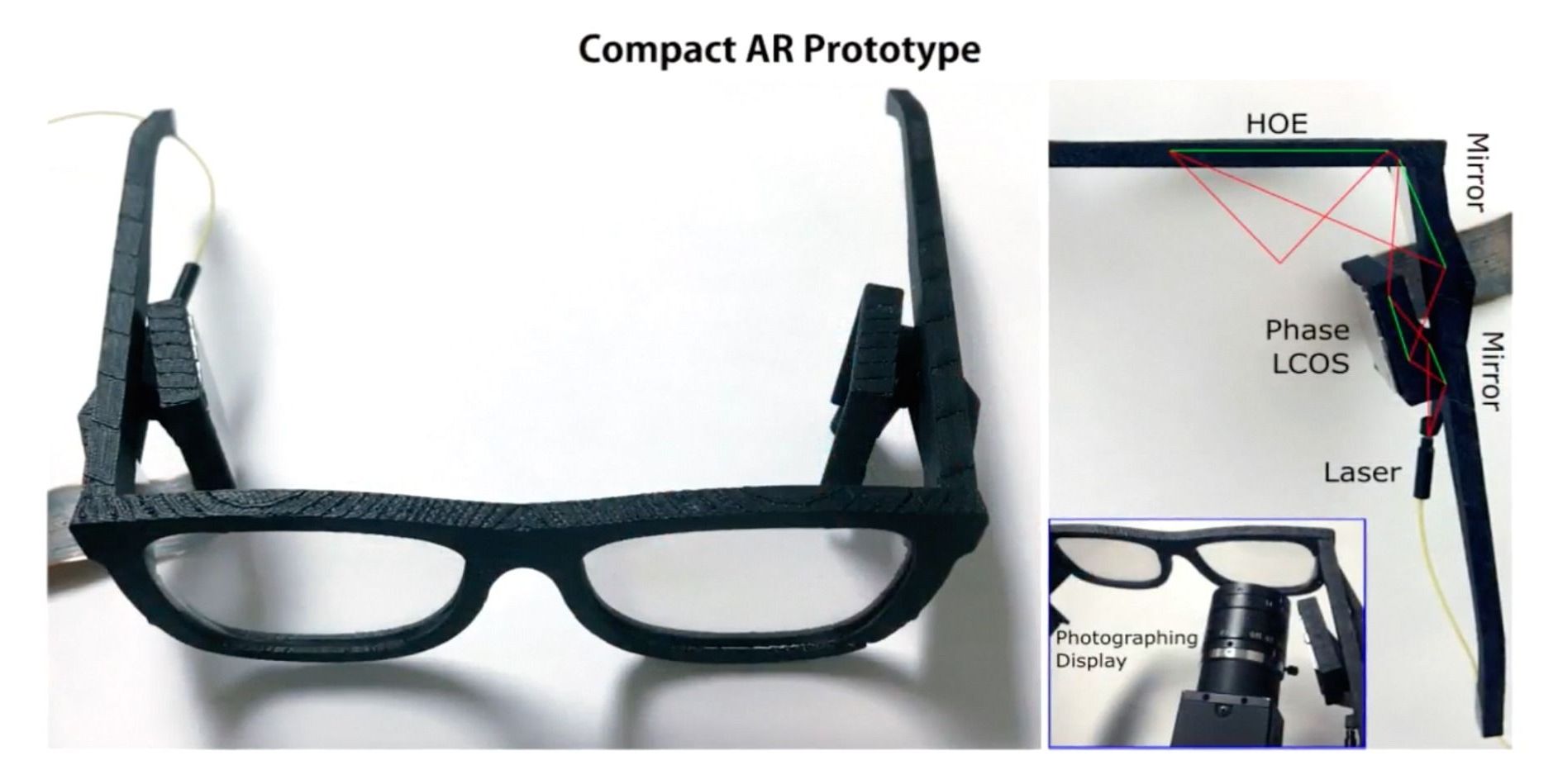Make your voice heard. Share the new trailer for Al Gore’s An Inconvenient Sequel: Truth to Power. In theatres August 24th. #BeInconvenient
Get the latest international news and world events from around the world.

The meaning of life in a world without work
Most jobs that exist today might disappear within decades. As artificial intelligence outperforms humans in more and more tasks, it will replace humans in more and more jobs. Many new professions are likely to appear: virtual-world designers, for example. But such professions will probably require more creativity and flexibility, and it is unclear whether 40-year-old unemployed taxi drivers or insurance agents will be able to reinvent themselves as virtual-world designers (try to imagine a virtual world created by an insurance agent!). And even if the ex-insurance agent somehow makes the transition into a virtual-world designer, the pace of progress is such that within another decade he might have to reinvent himself yet again.
The crucial problem isn’t creating new jobs. The crucial problem is creating new jobs that humans perform better than algorithms. Consequently, by 2050 a new class of people might emerge – the useless class. People who are not just unemployed, but unemployable.
The same technology that renders humans useless might also make it feasible to feed and support the unemployable masses through some scheme of universal basic income. The real problem will then be to keep the masses occupied and content. People must engage in purposeful activities, or they go crazy. So what will the useless class do all day?

Near-Term Interstellar Probes: Some Gentle Suggestions
A bit of every speculative propulsion system.
When Greg Matloff’s “Solar Sail Starships: Clipper Ships of the Galaxy” appeared in JBIS in 1981, the science fictional treatments of interstellar sails I had been reading suddenly took on scientific plausibility. Later, I would read Robert Forward’s work, and realize that an interstellar community was growing in space agencies, universities and the pages of journals. Since those days, Matloff’s contributions to the field have kept coming at a prodigious rate, with valuable papers and books exploring not only how we might reach the stars but what we can do in our own Solar System to ensure a bright future for humanity. In today’s essay, Greg looks at interstellar propulsion candidates and ponders the context provided by Breakthrough Starshot, which envisions small sailcraft moving at 20 percent of the speed of light, bound for Proxima Centauri. What can we learn from the effort, and what alternatives should we consider as we ponder the conundrum of interstellar propulsion?
by Dr. Greg Matloff

Scientists Surprised to Find No Two Neurons Are Genetically Alike
The genetic makeup of any given brain cell differs from all others. That realization may provide clues to a range of psychiatric diseases.
- By Simon Makin on May 3, 2017

The Kardashev Scale — Type I, II, III, IV & V Civilization
We have reached a turning point in society. According to renowned theoretical physicist Michio Kaku, the next 100 years of science will determine whether we perish or thrive. Will we remain a Type 0 civilization, or will we advance and make our way into the stars?
Experts assert that, as a civilization grows larger and becomes more advanced, its energy demands will increase rapidly due to its population growth and the energy requirements of its various machines. With this in mind, the Kardashev scale was developed as a way of measuring a civilization’s technological advancement based upon how much usable energy it has at its disposal (this was originally just tied to energy available for communications, but has since been expanded).
The scale was originally designed in 1964 by the Russian astrophysicist Nikolai Kardashev (who was looking for signs of extraterrestrial life within cosmic signals). It has 3 base classes, each with an energy disposal level: Type I (10¹⁶W), Type II (10²⁶W), and Type III (10³⁶W). Other astronomers have extended the scale to Type IV (10⁴⁶W) and Type V (the energy available to this kind of civilization would equal that of all energy available in not just our universe, but in all universes and in all time-lines). These additions consider both energy access as well as the amount of knowledge the civilizations have access to.
Automation Could Lead to the World’s Smartest Society
The Opportunity of Automation
“Ideally, what should be said to every child, repeatedly, throughout his or her school life is something like this: ‘You are in the process of being indoctrinated. We have not yet evolved a system of education that is not a system of indoctrination. We are sorry, but it is the best we can do. What you are being taught here is an amalgam of current prejudice and the choices of this particular culture. The slightest look at history will show how impermanent these must be. You are being taught by people who have been able to accommodate themselves to a regime of thought laid down by their predecessors. It is a self-perpetuating system. Those of you who are more robust and individual than others will be encouraged to leave and find ways of educating yourself — educating your own judgements. Those that stay must remember, always, and all the time, that they are being moulded and patterned to fit into the narrow and particular needs of this particular society.” – Dori Lessing in The Golden Notebook.
Automation will make most jobs obsolete. Rather than mourn the loss of the 9 to 5, we should see this as an opportunity to liberate humanity from the need to work for somebody else to survive. Coupled with universal basic income, it should be seen as a chance for every individual in society to more fully realize their potential.
The Exercise Pill?
Scientists are working on a pill that could replace exercise.
Acer Predator 21 X review
This 21-inch gaming laptop weighs as much as six Macbook Airs.

Microsoft reveals prototype augmented reality glasses that don’t look wacky
Microsoft on Friday unceremoniously revealed new prototype augmented-reality (AR) glasses that look like a normal pair of thick-framed glasses. The emergence of the technology indicates Microsoft has been thinking ways to go beyond the bulky and costly HoloLens headset it unveiled two years ago.
“There’s still a lot of work to be done,” Microsoft researchers Andrew Maimone, Andreas Georgiou, and Joel Kollin wrote in a paper describing the glasses containing holographic display prototypes, which employ a technique called digital holography. The researchers will talk about their work at the Siggraph conference in Los Angeles in August.
The paper comes a few weeks after Facebook talked about building AR glasses. Snap, which sells camera sunglasses for its Snapchat messaging app, has introduced AR software features, although it has not yet indicated it’s working on proper AR glasses. Apple is also thought to be developing AR technology.